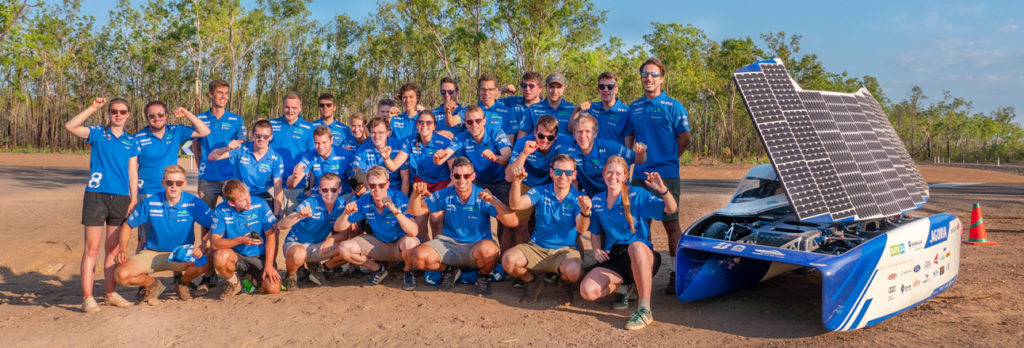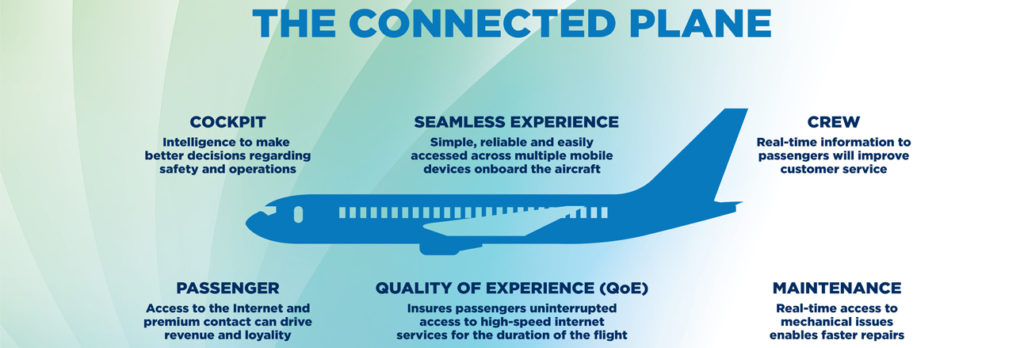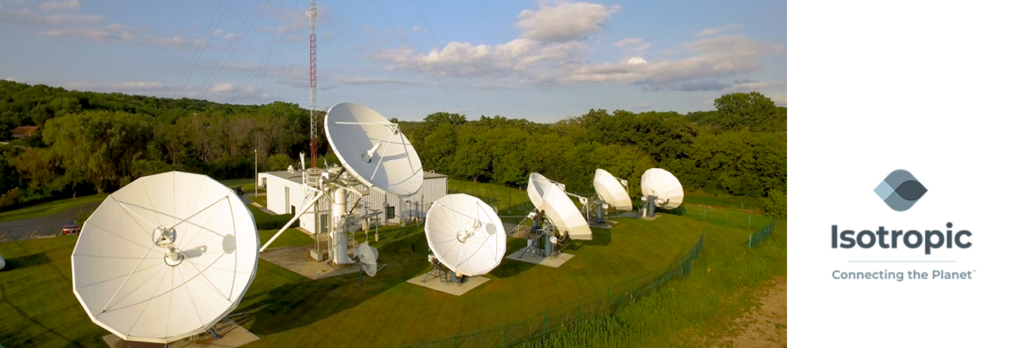The countdown is on to the Bridgestone World Solar Challenge! Here at ST Engineering iDirect, we are very proud to be involved once again, sponsoring
World Solar Challenge on Countdown


The countdown is on to the Bridgestone World Solar Challenge! Here at ST Engineering iDirect, we are very proud to be involved once again, sponsoring

From Satellite Mobility World With Steve Moses, Senior Director of Vertical Market Solutions Demand for in-flight connectivity is accelerating, creating the need for more and
On Monday, 9 September, the ST Engineering iDirect Africa sales team held a Defence Technology Day at the rustic Diep in die Berg Conference Centre,

From MSUA Catherine: Melissa, it’s been pleasure meeting you and I appreciate you taking time for a Mobility News interview. As I mentioned, I think

From Via Satellite Qatar Airways, which was only launched in 1997, is one of the world’s fastest growing airlines and a pioneer in terms of
From Satnews Astronics Corporation has announced that the firm’s wholly owned subsidiary, Astronics AeroSat, is introducing their next generation FliteStream™T-310 SATCOM connectivity solution for business



From Apex Taqnia Space has launched an in-flight entertainment and connectivity service, called UON, ushering in a new era of live streaming directly to passenger’s
SHARE